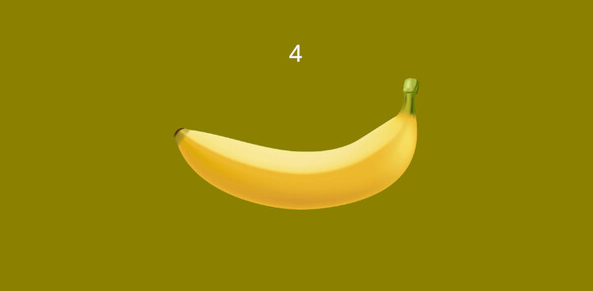The Appeal of a Digital Fruit Salad: What NFT Projects Can Learn from Banana Game

The world of NFTs is obsessed with finding the next big thing, the next Bored Ape Yacht Club, the next CryptoPunk. But what if the key to success lies in something far simpler, something as unassuming as a...banana?
We're not talking about a physical banana, of course, but about the surprisingly addictive world of the banana game (on steam), specifically the genre known as clicker games. These games, often free-to-play, hook players with their simple premise: click (or tap) to collect bananas, upgrade your clicking power, and watch your digital banana empire grow. You don't have to promise to build an entire metaverse to make it fun!
One such game, simply titled "Banana," has taken the internet by storm. With over 10 million downloads and a thriving community boasting over 150,000 messages per month, it's achieved the kind of engagement only a few top NFT projects have achieved. So, what's the secret sauce behind this digital fruit salad's success? And more importantly, what can NFT projects learn from it?
The Allure of Simplicity and Community
At its core, Banana game is a simple clicker game with PNG. You spend three minutes clicking to collect bananas, then receive a steady drip of bananas in your Steam inventory every three hours. Occasionally, you might even get lucky and snag a super rare item. It's one of those idle games that fans can spend thousands of hours playing yet doing nothing.

While you can trade these digital bananas or even sell them on marketplaces, they aren't non-fungible tokens. They're just images. In fact, banana game developer has come out to clarify that this is the opposite of NFT. However, the game mirrors the NFT space in a crucial way: it fosters a vibrant community of creators and collectors.
Cultivating Creativity and Engagement
One of the most striking aspects of Banana is the sheer creativity it inspires within its community. Users pour their hearts and souls into designing unique and often hilarious banana variations. These creations are then fed back into the game's ecosystem, randomly dropped into other players' inventories, creating a beautiful cycle of giving and taking. Players can also choose to gather a collection of a particular theme and talk with others in the community to find the right item.
The game's gradual engagement loop further nurtures this sense of community. Players start passively collecting bananas (no need for clicking), then gravitate towards the Discord server to trade for cooler designs. This exposure to the community's creativity often inspires them to create their banana art, further fueling the cycle.
Banana's success isn't just about the game itself; it's also about the stellar community management behind it. The developer excel at keeping users informed with regular announcements (around 15 per week) and fostering a genuine dialogue through a dedicated feedback channel. This channel allows users to submit suggestions and receive clear responses on whether their ideas will be considered, rejected, or accepted – a refreshing approach to community interaction.
Furthermore, the team actively engages with the community through giveaways, randomly rewarding superfans with coveted bananas (that is free!) They also empower creators by hosting workshops and providing opportunities to submit designs for potential sale on the Steam marketplace, creating a tangible incentive for participation.
The result? A thriving community where users actively trade bananas, discuss designs, and forge connections, much like in the most popular Discord card-collecting Mudae but without infringing on any intellectual property.
Monetizing the Banana Republic
While Banana might seem like a passion project, it has successfully implemented monetization strategies. Merchandise, particularly t-shirts, has proven to be a lucrative avenue.
However, the secondary market for rare bananas hasn't quite reached the dizzying heights of the NFT space. Despite the strong community and impressive artwork, the highest listing prices for a rare banana hovers around $0.25, a far cry from the thousands NFTs often command. It is clear that members don't create for cash. They make cool arts of bananas for fun. There is no price purchase of rare banana on the steam store. This raises an interesting question: is the price point simply too low to incentivize creators solely for financial gain? Or the market for digital art is much smaller than people would have expect.
Lessons for the NFT World
Banana's success story offers valuable lessons for NFT projects:
- Simplicity is Key: Complex mechanics can be intimidating. Sometimes, a simple, addictive core loop is all you need to hook players. You can also make smaller games happen and gradually build up momentums.
- Community is King: Foster a sense of belonging and encourage creativity. Give your community a voice and actively engage with their feedback. You shouldn't view your community just a place to monetize, but you should leverage your members creativities and use it as a raw materials for your project.
- Incentivize Participation: Provide tangible rewards for creators and collectors. Explore diverse monetization strategies beyond just the secondary market.
The world of best clicker games might seem a world away from the high-stakes realm of NFTs. But by studying the success of games like Banana, NFT projects can learn valuable lessons about community building, engagement, and the power of a simple, yet addictive, core loop. Perhaps the key to unlocking the next NFT phenomenon lies not in complex technology, but in the humble appeal of a digital fruit salad
